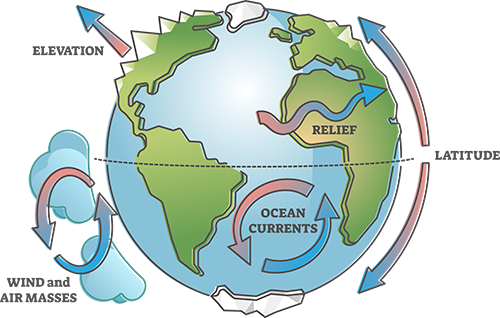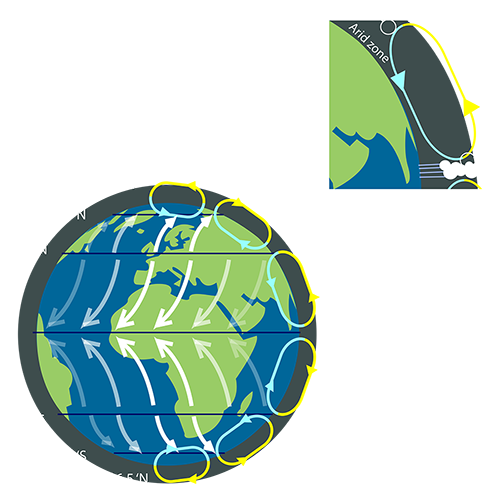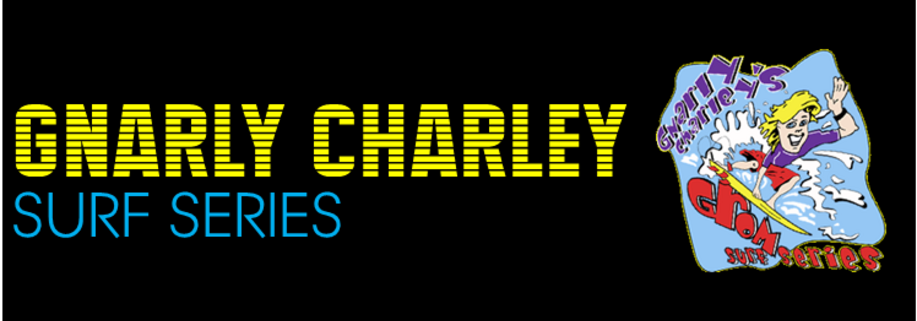Don’t flush your pharmaceutical drugs down the toilet or wash them down the drain. Have them disposed of properly!
Introduction
What do acetaminophen (Tylenol), codeine, cocaine, ibuprofen, Prozac, erythromycin, caffeine, ethinylestradiol, triclosan, Naproxen, nonylphenol, Metformin and nicotine have in common? They have all been detected in rivers, lakes and coastal waters throughout the United States and Europe in concentrations of parts per billion to parts per trillion. Where do these drugs come from? Are they a threat to the environment? Are they a threat to human health? What can we do about it?
Where Do the Drugs Come From?
Over-the-counter, prescription and recreational drugs ingested by people are typically not completely absorbed or degraded by our bodies before elimination. These drugs are therefore in our waste that is that is flushed down the drain, passed through the sewer system, only partially destroyed in the sewage treatment process, and therefore are still present in wastewater treatment plant effluent. Depending on the location, this effluent stream is discharged to rivers or the ocean. These same water bodies are the source of drinking water for many communities. Drugs also enter the sewer system when unused medications are flushed down the toilet.
Are They a Threat to the Environment?
Yes. In numerous waterways from the Potomac River in Washington, DC to the Brazos River in Texas to Boulder Creek in Colorado to Nevada’s Lake Mead to London’s Thames River to the ocean waters off Southern California, studies have found changes in the reproductive systems of fish that are linked to pharmaceuticals that can disrupt their endrocrine systems. Fish have been found with both male and female sex tissue and in many cases female fish in areas impacted by wastewater treatment plant discharges greatly outnumbered males.
Are They a Threat to Human Health?
At the present time there is no evidence that the presence of pharmaceutical products in the parts per billion to parts per trillion range poses a threat to swimmers or surfers. A more relevant concern is whether these trace levels of pharmaceuticals are making their way into our drinking water and, if so, can they be considered a threat to human health. A recent national study found trace concentrations of a wide variety of drugs in the drinking water supply in many metropolitan areas. Water district managers typically maintain that their water supply is safe, but the reality is that there are no drinking water standards for these compounds. So, the jury is still out. Water and wastewater treatment facilities can install processes such as reverse osmosis that are effective at removing pharmaceuticals (see below), but the cost is substantial.
It should be noted that:
- Bottled water is not necessarily safer than tap water. In many cases the source of the water is the same and many treatment processes are ineffective at removing pharmaceuticals.
- If you are concerned about “toilet to tap” wastewater recycling projects making this problem worse, don’t be. The advanced treatment processes, such as reverse osmosis and advanced oxidation (UV light and hydrogen peroxide) used by these facilities is very effective at removing/destroying pharmaceuticals. The Groundwater Replenishment System in Orange County, CA is producing water that is better quality than tap water or local groundwater.
What Can You Do?
The most important thing you can do to reduce the amount of drugs in our waterways is DON’T FLUSH DRUGS DOWN THE DRAIN. This is complicated by the fact that some agencies and pharmacies have previously recommended this practice as a way of preventing misuse of drugs. Also, depending on where you live, there may or may not be established alternative disposal options.
The best options, if available, are to return unused drugs/medications to a pharmacy for proper disposal. Check with your local pharmacy to see if this option is available. In some locations such as in the San Francisco Bay area in California, there are numerous drop-off locations for unused and expired drugs. State, County and City health department Web sites often have information about disposal locations.
If these types of options are not available, many Web sites recommend mixing the drugs with an objectionable material such as dirt, kitty litter or coffee grounds, and then placing them in a sturdy, sealed container (double containment if possible) and placing that in the trash.
Conclusion
The presence of drugs in our waterways is a potentially serious environmental and human health issue. The problem can be minimized by disposing of drugs properly and not down the drain.
for more information go to http://beachapedia.org/Drugs_in_the_Water



